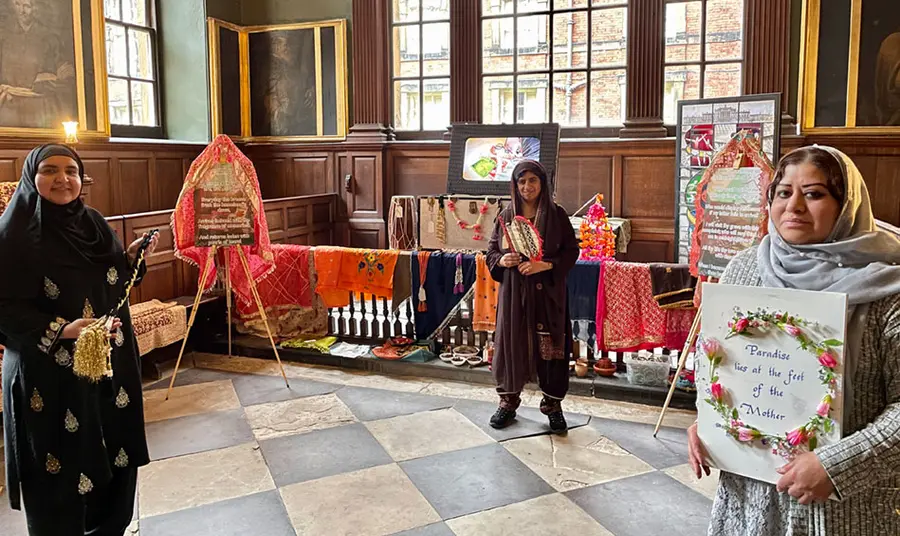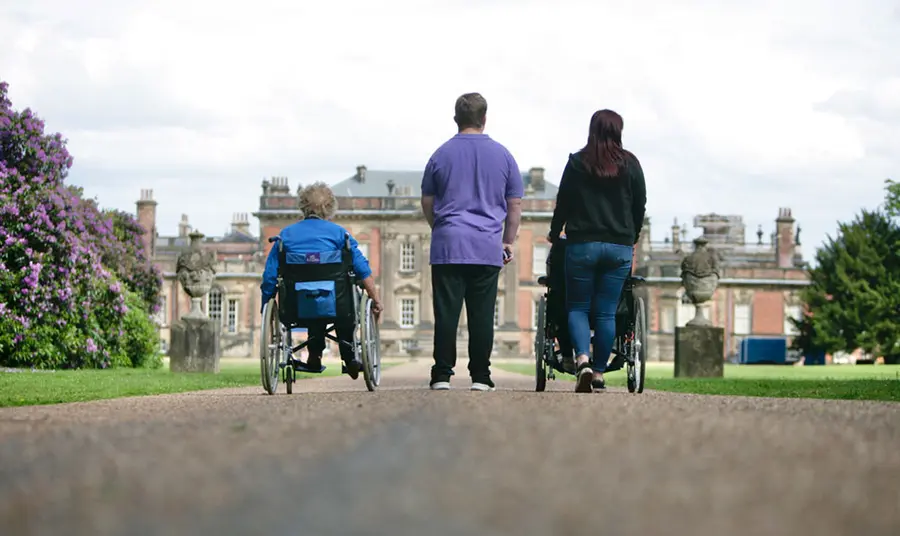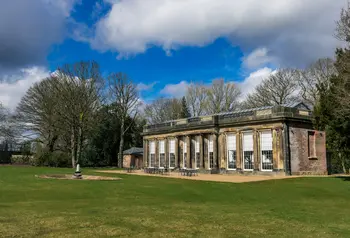Turning a stately home into a ‘house of opportunity’

Wentworth Woodhouse, in Rotherham, South Yorkshire, was built in the 18th century for the 1st Marquess of Rockingham. It’s 300+ rooms were first a home, then a college, but never open to the public.
That was until 2017, when, in a state of disrepair, the property was sold to the Wentworth Woodhouse Preservation Trust for £7million. But a further £200million would be needed to restore it.
The Heritage Fund has invested around £7m in multiple projects to date, including transforming The Camellia House into a global tea house and community event space.

CEO Sarah McLeod says Wentworth Woodhouse’s history provided a “huge opportunity” as a visitor attraction: “The fact that people hadn’t been allowed in the house before gave us a blank canvas. We’ve got an audience who are desperate to have a look because it’s always been shrouded in mystery.”
But with that opportunity came responsibility.
“You have to question: what is the purpose of this house? Why are we trying to raise £200m to restore it? Yes, it’s a piece of fabulous architecture, but we’re a country full of stately homes.
“When people are having to use food banks, struggling to buy school uniforms for their children, how do you justify raising that kind of money? The only response to that is: how can this house benefit them?
“Right from the start we were determined to make this a house of opportunity for people.”
And so, they’ve developed a community garden where people can volunteer to tend it and take produce home with them. They’ve added a stipulation to their contracts with film companies hiring spaces that Wentworth’s digital volunteers must be employed on the production. They gave a local art graduate her first commission to produce a range of products for the shop.

Brothers Adam and Ryan Widdowson, who took part in Wentworth Woodhouse's digital training programme.

Young Barnsley designer Ellie Fisher was commissioned to created items for Wentworth Woodhouse's gift shop.
“Everything we do we try and think: how can it be an opportunity for the community? It was important that, from day one, the community felt like they had been thought about first. We’ve focused on the people within 20minutes of us, asking them what they wanted from the house, what their opinions were.”
Along with consultation, they’ve prioritised representation too: “People need to see people who look like them, who they can recognise themselves in.”
Rotherham is a diverse community, made up of many individuals and groups often under-served by heritage. In an effort to bring them to Wentworth Woodhouse, they’ve gone out to where those people already are.
“The best way to engage with people is through networks they already trust,” Sarah says.
“We started with small steps and let the trust and relationships build. Like the memory café we do on a Monday for people with dementia and their carers – that started from tiny seeds in partnership with a dementia charity.
“I would say 90% of the projects we’ve got here are co-created with the community. It’s them telling us, rather than the other way around.

“The local Chinese community told us it’s really important for them to have flowing water in garden settings. We didn’t know that. But through having them involved in the design right from the start, we were able to build that into our community garden plans.”
Sarah admits all this takes time and effort – “thankfully, we’ve had great support from the Heritage Fund to deliver our activity plan” – but it’s worth it.
“People probably think community inclusion is harder to do than it is. Or people are nervous because they don’t want to do or say something wrong. But my advice is: don’t fear it, ask how you can help.
“Lucy, who works on our front desk, is partially sighted and disabled, but nothing has been insurmountable. We worked out what kit she needed to do the job and we got it.
“When you make the effort to involve a diverse range of people, the benefits everyone gets back are just huge. You only have to come here to see that it works, see the ownership people feel for the place, see how warm and relaxed they are.”



